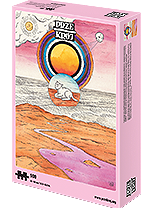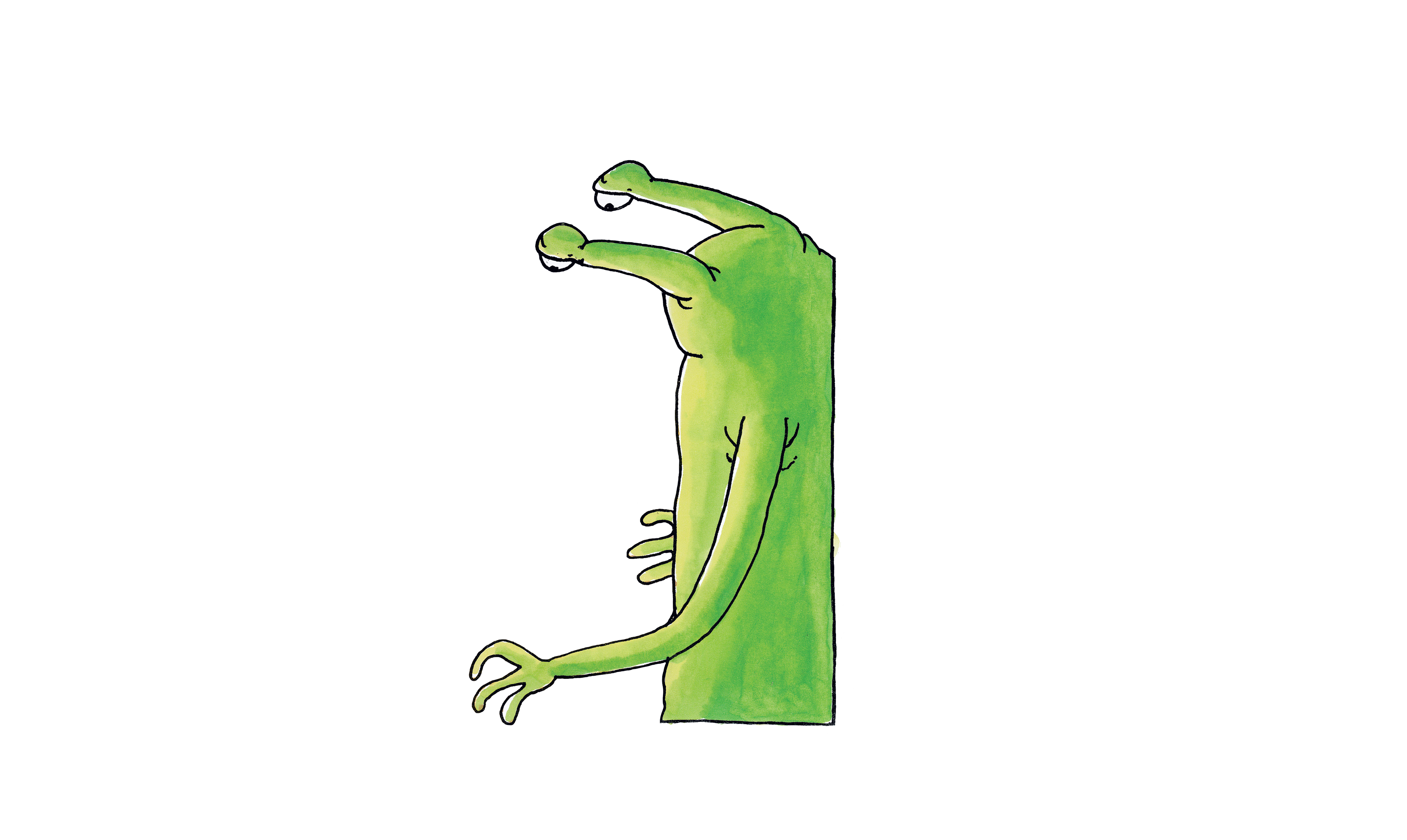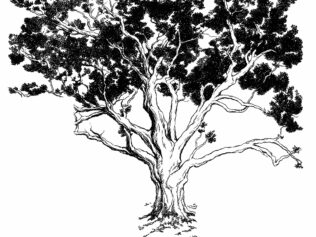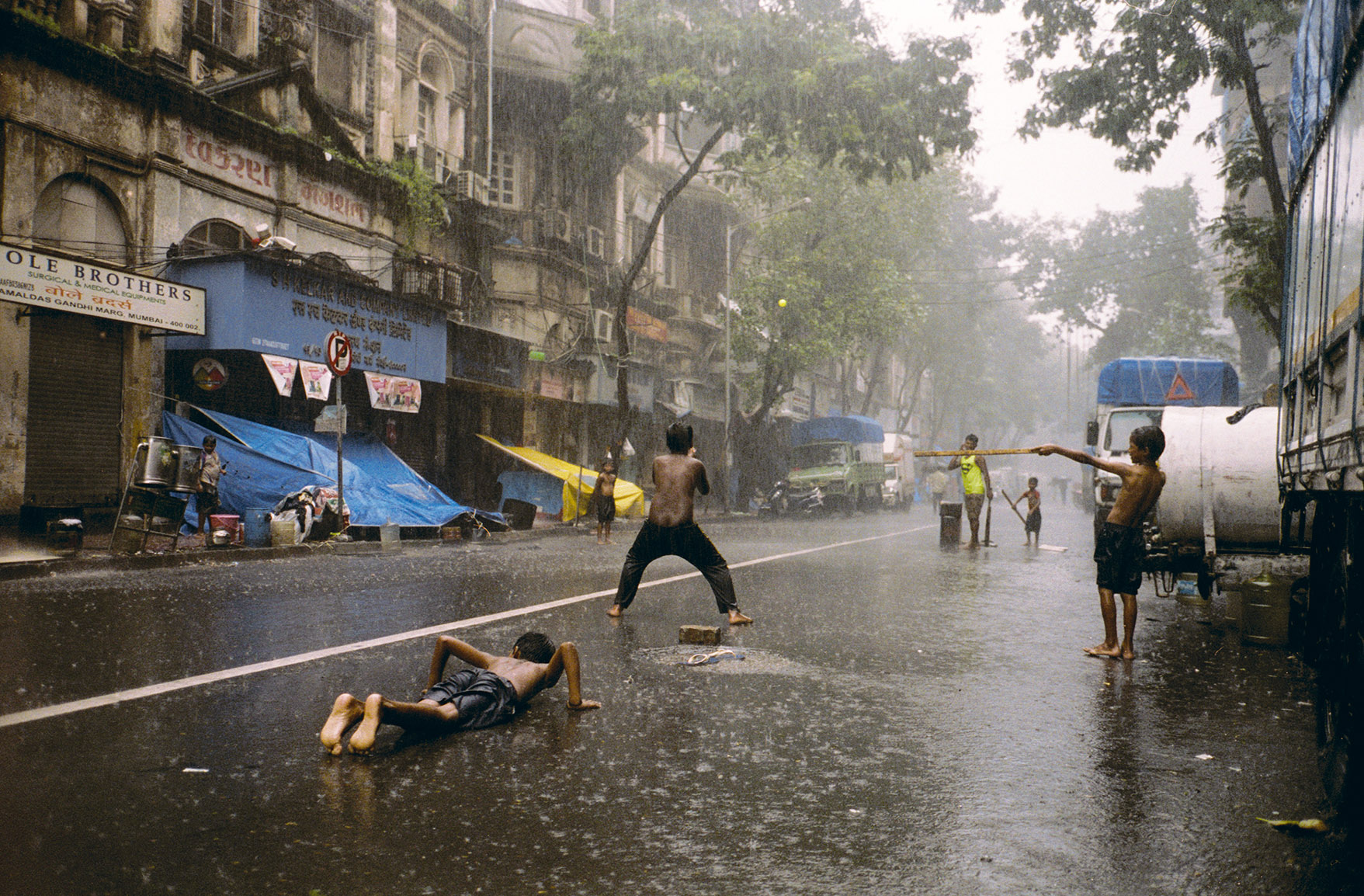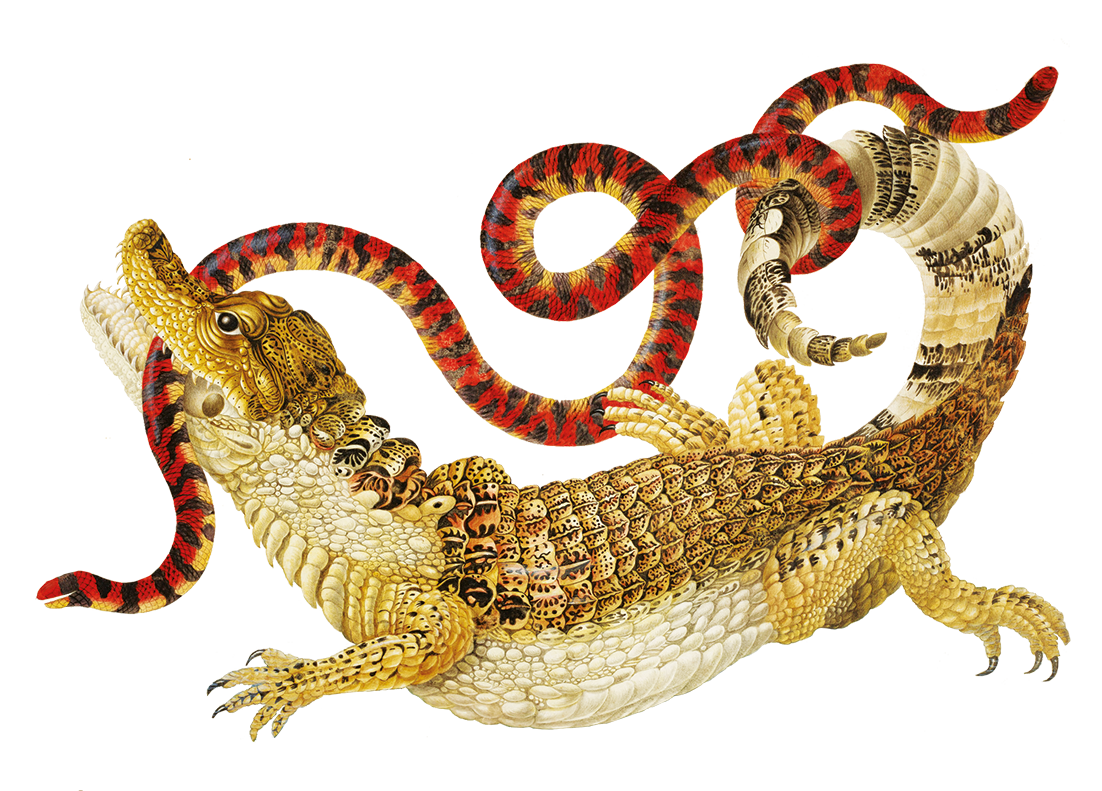
“The plant glues it all together and energizes it, weaving it with the wave of rays pouring in. A living body is created – new leaves and, right away, green shoots. All of them want to live, to create themselves. Their April hunger is overwhelming for a person dragged out of the winter light deficiency,” says biologist and poet Urszula Zajączkowska, as she takes us for a walk through the spring-time woods.
Yet despite it all, it’s quiet. I can’t hear a thing, although over there (so not exactly here, from a distant star) a white light spreads out across the universe, reaching as far as here and hitting my skin. All of this happens soundlessly, and it doesn’t cause me any pain either. 15 million kilometres from here, hydrogen in the sun boils at 15 million degrees Celsius. Oh, look at all the warmth radiating from that nuclear gurgle! Look at the shots of shining photons, as they chase through the icy darkness, unsettled. Look! Now they are fleeing the glowing heat. They pull away from its body, in a hurricane of fire, in flaming blasts. They’ll soon be here; in a moment they will light up the globe with a pale blue glow. And that’s how cosmic light establishes the day for us. I open the door. Splinters of the sun hit my eye.
Light is described as a stream of mutually-induced bundles of energy. Sometimes I can really understand it in that way. Just as inhaling leads to exhaling, so too magnetic waves boost electric waves, and their shared pulse carries further. All of this sprints forth, gleaming. When one burns out, the other gives up as well; when the magnetic wave increases, so does the electric wave. These waves induce each other and strand together, while slicing through space at amazing speeds, and tearing it apart along the way. It was dark. But now everything is sparkling, shocked by the light. It is a pulse and a union of waves. It is live energy, its wild particles fluttering in the air.
***
There are many essays by physicists, metaphors by poets, beautiful mathematical proofs, and visions of cosmology for dishevelled botanists (such as myself) that describe light in such a way that reaches beyond books and beyond our own eyes. It is also the light of plants. And it always spawns anew terribly simple emotions. I am ashamed of them, and do not mention a word of it to anyone. All that scholarship for nothing. All the physics, Robert Hooke and Parisian Academies – none of it means anything in the face of such emotions. I look and I really don’t know what’s next.
All of this because I know the frequency range of this exceptional wave from the Sun – something that people have called light. We are not the only ones to see it, because the very same light is the most important thing for plants as well. Our eyes and their leaves are blind to everything else. Plants will not grow near a fire emitting blissful infrared. They will not blossom in microwaves, nor will they, penetrated by radio waves, produce sugar, and they won’t live too long in a rain of UV waves. They receive the same frequency that human eyes see, and only that allows them to live. Therefore, we have human-plant light. We mutually take from it, and we take the same. Together.
A wavelength of 400–700 nanometres is the frequency range that exposes the colour of objects or the sparkling of snow; it gives the voice a body, paints landscapes and pavement slabs. It is energy that triggers a cascade of events in the micro-world of the leaf – which develops sugar thanks to it – but is also the reason for which a sunflower turns its maturing heavy head in the direction of its source, the Sun, to strengthen the effect. The sunflower makes this effort every single day, flexing its tissue, driven by the legacy of its genes. It follows the Sun, looking it straight in the eye. Humans turn their eyes away from the Sun. They do this because, much like the sunflower, they see exactly where it is. Plants and people see the source.
How is this possible in a space full of interactions that rumbles with interferences between diverse waves in the atmosphere? Heat, sounds, radio waves, gravitation and blasts of wind constantly blend in the air of free atoms. How is it possible that these very arrows of light have such a profoundly similar effect on animals and plants, creating the rhythm of night and day, according to which every living being pulsates in its metre?
Right now, it is day. I open my eyelids and look. Here, the window transmits in white. Behind it a sea-buckhorn and a chickadee. It’s just disappeared, having revealed its rounded yellow belly for a split second. I close my eyes, but I still see it that way. I see orange shadows. It’s the light that pierces the blood in the vessels of my closed eyelids. Because, after all, light is really the only thing that’s visible to us. We’ll never see any leaves or the face of any one person, but rather just an impression or reflection of light off of them.
I know that the young leaves of birch trees are yellow-green and that your iris is green. But that’s only because all the reds, yellows, purples – and any other colours for that matter – have been absorbed by your eyes from the full rainbow of light. All that’s left is green and its various shades. I also know that the light has completely collapsed in the craters of the pupils. So we can’t deny that your eyes absorb everything. The eyes suck in absolutely every single flash. That’s why their core is black.
***
We’ll be entering the woods in just a moment. Our pupils are already open. The leaves are open. Let’s mingle. People go into the woods to shed their backlog of thoughts, to leave them there with each breath they exhale, and cast any heavy outgrowths into wet pits. They try to forget about everything in the shade of the trees, at least while they’re there. In the woods, people shed their epidermis of insensitivity and experience a moulting of their hearts. Like lizards, they are reborn anew, washing off the darkness in streams of woodland light. The forest will give all of this to humans. That’s what they think. People go to the woods to take something, and they generally take light and air.
We too will enter the woods in just a minute. You can already see the dark wall of pine, oak and hornbeam, the entire undergrowth in the obscurity of the abundant dead matter, conquered by larvae and wet from drops of dew and seepage from the leaves. You really don’t have the time to attempt to imagine that the act of living is all about transformation, thanks to which the forest has air, grass and the colour of the leaves. You don’t have the strength to think about how the forest is a complex colony, a weave of living beings, which are spread over the mineral core of the earth and are constantly dying, absorbed by the shadows as new beings are created. Today, they are caressed by the early June sunlight. You stand at the head of the forest. It is light. Just like your head.
The tree branches stretch out beyond the border of the forest. They branch into open space, into a meadow or a field – anything to gather up as much light as possible, since there’s so much of it there. They stick their boughs and shoots out into the bright abyss, braving the strong resistance of the wind, like hands stuck out of the window of a speeding car. The trees at the edge of the forest, thrust into the borderline between the meadow and the woods, are different from those trees that live hidden in the tree stand layers. Whether it’s a pine forest, an oak wood or a community of ash trees, all of them gather light from high up in the sky, because that’s the only place they can find it. So they accumulate, pushing their vertices up into the bright tunnel of the flashing light, where there are no other leaves; they race towards the open sky, which is always much higher up than the very last leaf on the tree. The trees in a forest cast a shadow on themselves throughout their lives. I don’t see any kind of compassion or solidarity between those that are slower and weaker. Those trees simply die.
Yet a tree’s own branches also rot due to a lack of light. Branches on the lower levels never see light. The branches shrouded in the shadows will have to die.
They were once full of leaves and gathered light from the very top. With the help of photosynthesis, they created wood fibre and sugar for the living ground tissue of the leaves. Ceaselessly, the bough would fatten and the column of the trunk would grow – a kind of scaffolding on which trees climbed higher and higher to achieve more and more. But now these former branches, covered by the eaves of the younger ones, will die due to insufficient light and undernourishment. The tree no longer needs them.
But don’t be sad.
Remaining in the place where that fallen branch once grew out of the trunk will forever be a clear picture of that connection and the story of their life together. It will be carved into the trunk as a knot, just like each person will always have a belly button. It is memory written in the language of anatomy. Growing around the knot are new tree shoots. Soon they will engulf it completely, as the trunk grows and the bark covers it. There will be no trace of the branch. It will be surrounded by exudates of sap, because the trunk treats the dead branches of its own body like stones. They are foreign to it. That is why knots fall out of the wood grain when the tree is cut into planks. Trees never fuse with them. Trees surround knots with disinfecting sap, absorb them with layers of living wood, cutting themselves off from all that is non-living in them. The knot will be nothing more than a memory of bright branches.
***
Bound into the cells of the wood are flashes of light. Materialized in the wood is air, carbon dioxide, and a broken molecule of water that was pulled out of the soil. The plant glues it all together and energizes it, weaving it with the wave of rays pouring in. A living body is created – new leaves and, right away, green shoots. All of them want to live, to create themselves. Their April hunger is overwhelming for a person dragged out of the winter light deficiency. All of this will soon happen right beside you. April is the weaver of light.
Studying this grand event of light and metabolism in plants – tirelessly and wildly every single year – and expanding my knowledge thereof did not in any way reduce my childlike astonishment that everything which happens to light in a leaf, the phenomenon of photosynthesis brimming with impossibility, is silent. Air, water and light transforms into glucose in the pulp of the leaf. Nobody dies, while the being that did it has life energy to sweeten its cells. How many things need to happen in a human to supply the cells of the body with sugar? Something needs to die first. Then digestion begins. All of those salivary amylases, pink oesophagi, glands secreting enzymes, mucuses, blood-filled livers, pancreata, acids and intestinal spasms – everything about food is beautiful while it’s still on your plate.
Until finally the glucose hits your blood. Whose glucose are you mixing with your blood? From which year was the light that had been bound in the glucose, and which you are now disarming in your cells?
Meanwhile, photosynthesis in leaves, greenish shoots or colourful fruit happens very quietly. I will not lay out the biochemical details of the process for one reason only: we know it from school. Therefore, by going into pompous scientific phrasing, I would knock down all of my attempts to finally write something in a casual tone. I only refer to the explicit language of science with which photosynthesis would be presented (the name already says it, don’t you think?), thereby appropriating the miracle within with solid facts lie. Nobody would want to read about the reduction of carbon dioxide depending on the catalytic activity of rubisco leading to the creation of 3-phosphoglyceraldehyde.
***
We can make do with the fact that the metamorphosis in the leaf begins with light, which comes to us from the cosmos. And that there isn’t much light in the woods due to the plants themselves, because the light in the woods depends on the plants. There, the leaves of beech and oak trees are like my eyelids. They have a dye inside. Haemoglobin flows in my veins. In their ground tissue, it’s mostly chlorophyll. A supplement colour for red is green. After all, they say that supplement colours mixed in different proportions give white, black or grey.
I’m walking under an eave of leaves and know that I am basking in the light from their inflows. Everything is light green. Pierced by the forest. The leaves take a mere fraction of the daily light. A large part of it is rejected due to reflections from their surface. Part of it deflects from the undergrowth and tangles me within it. I walk through dispersions, twilight, and narrow rays from the lenses of water drops. There is a lot of metabolic involvement in the foliage there; a great biochemical effort is taking place around me. But I keep on walking and try to keep all of that out of my head, only acknowledging the feeling on the surface of my skin. I wash myself in the light penetrated by the leaves and released further into space. Now I roll in the woodland glow, pouring all that green straight into my pupils. I also know that I’ll never let it back out, because I watch with imperfect eyes. I cut through the air painted with colourful light, my gaze touching the filthy brown trunks of the pines, the ragged plant litter, full of dead leaves from the long-gone sun-filled summer. With my gaze, I touch the tall crowns, skimming the mesh geometry of the leaves stretched against the sky. When I hold up my head in the woods, I always see living leaves, and I always regret that I will most likely never touch those leaves.
I have to finish now. Just now. I’m thinking about time, about the speed of light and about you. Because if it’s daytime where you are now, look out the window or look closely around you. Do you see illuminated trees and walls, or a table and your own hands? I wrote this story so that it would take you around eight minutes to read it.
In the first paragraph, particles of light sparked off of the surface of the Sun. They sped through the darkness of the cosmos the entire time you were reading. A true fragment of the Sun just fell into your eye.
Translated from the Polish by Mark Ordon

